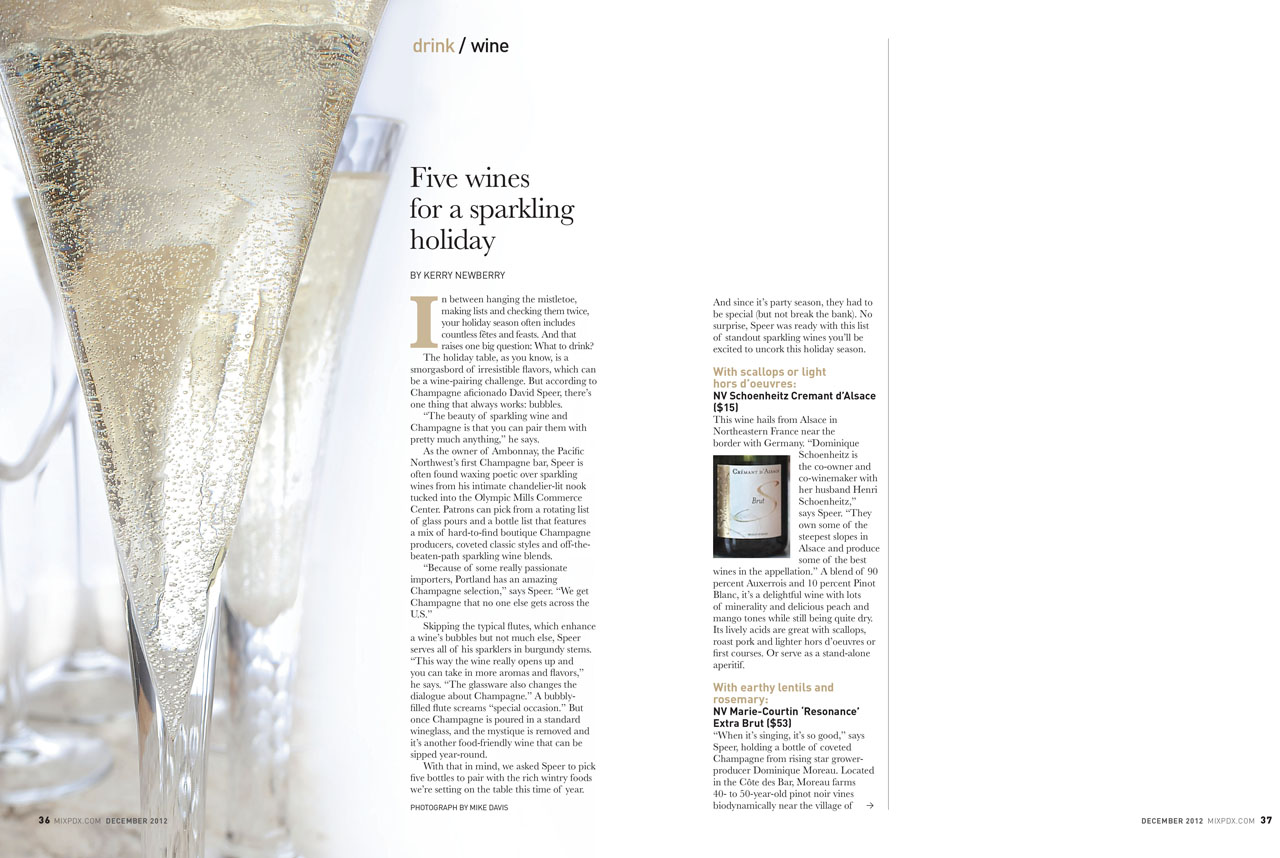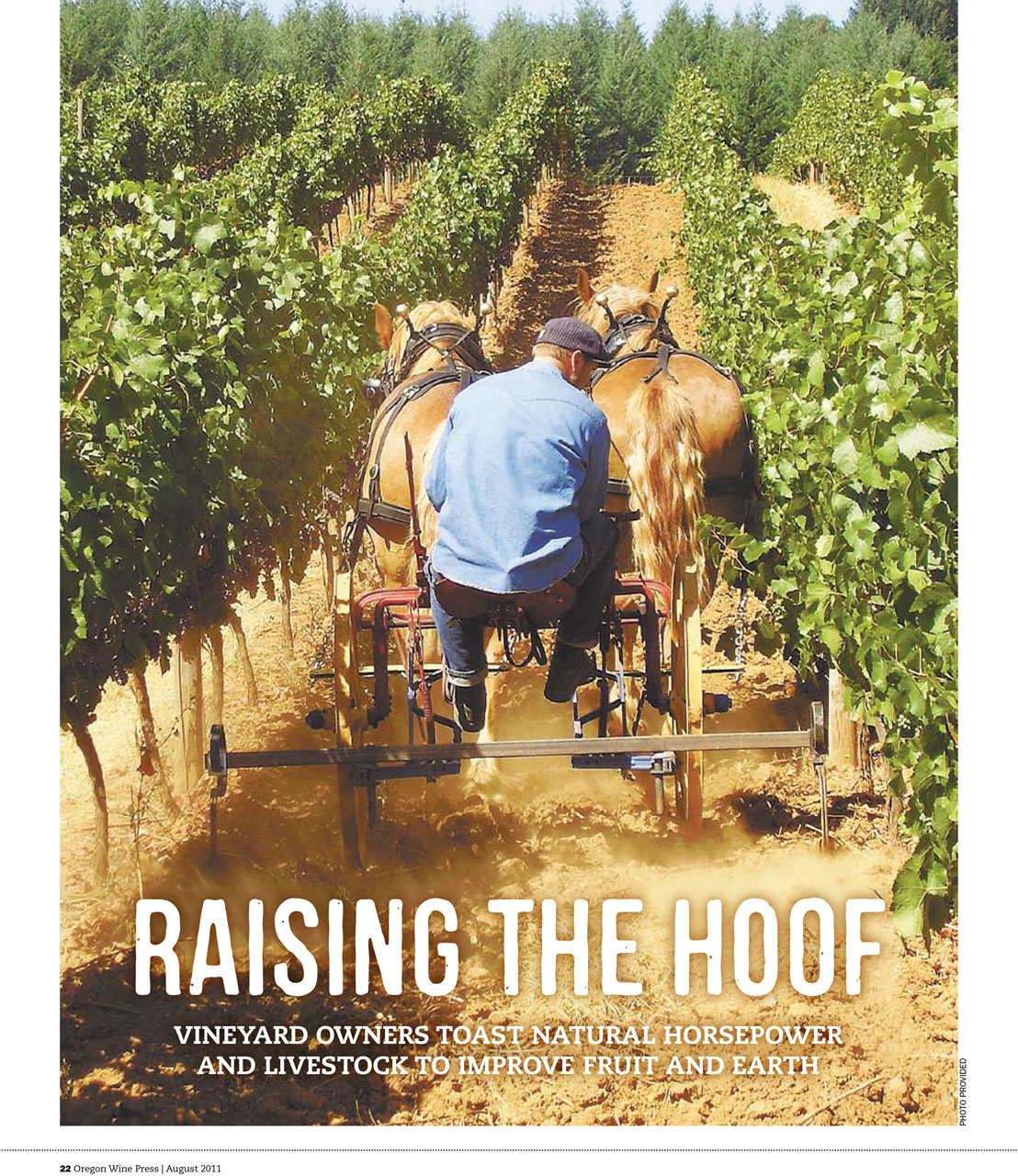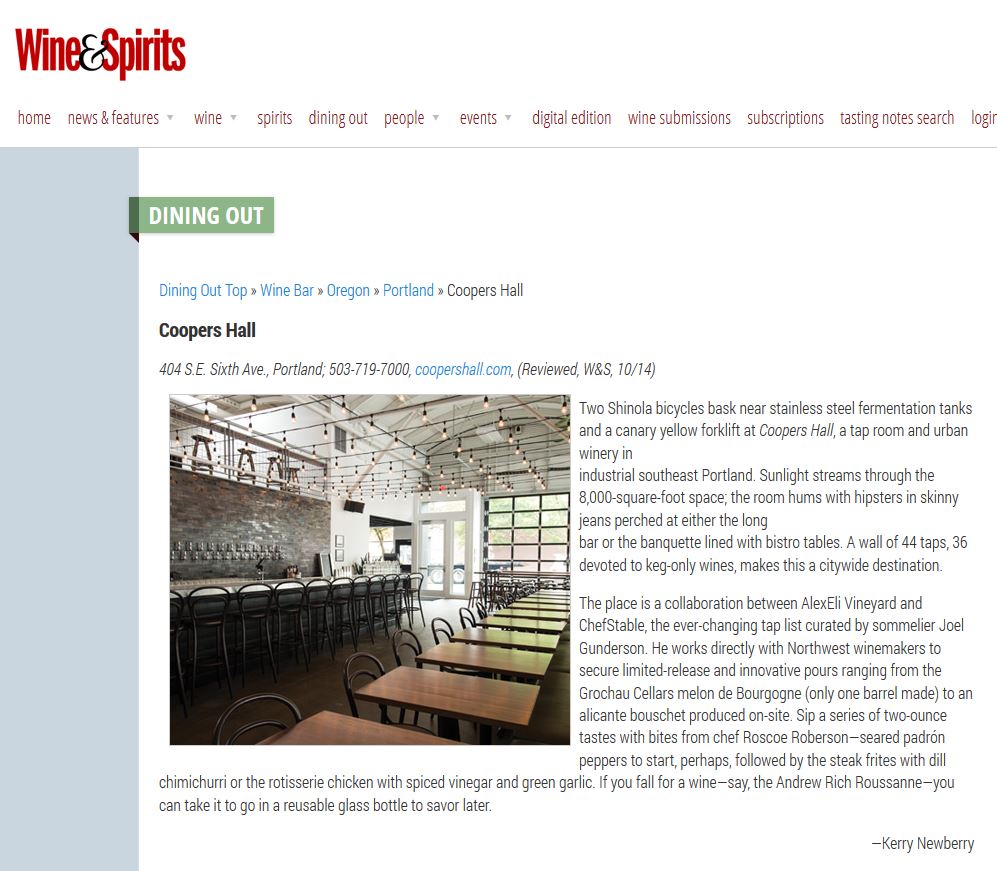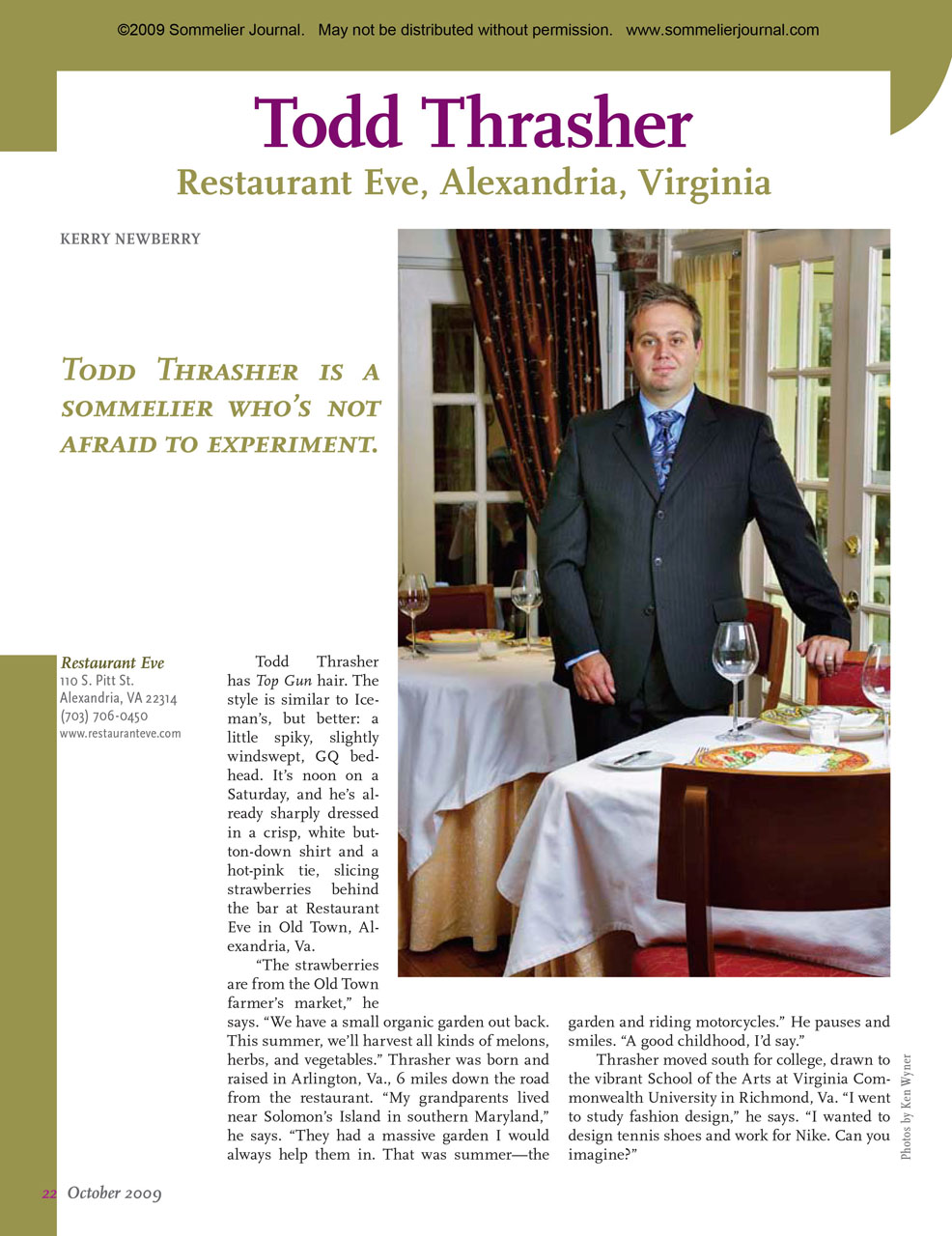Sparkling Holiday Wines: Our Expert Pairs His Favorites with Winter Food

MIX Magazine, December 2012
In between hanging the mistletoe, making lists and checking them twice, your holiday season often includes countless fetes and feasts. And that raises one big question: What to drink?
The holiday table, as you know, is a smorgasbord of irresistible flavors, which can be a wine-pairing challenge. But according to Champagne aficionado David Speer, there’s one thing that always works: bubbles.
“The beauty of sparkling wine and Champagne is that you can pair them with pretty much anything,” he says.
As the owner of Ambonnay, the Pacific Northwest’s first Champagne bar, Speer is often found waxing poetic over sparkling wines from his intimate chandelier-lit nook tucked into the Olympic Mills Commerce Center. Patrons can pick from a rotating list of glass pours and a bottle list that features a mix of hard-to-find boutique Champagne producers, coveted classic styles and off-the-beaten-path sparkling wine blends.
“Because of some really passionate importers, Portland has an amazing Champagne selection,” says Speer. “We get Champagne that no one else gets across the U.S.”
Skipping the typical flutes, which enhance a wine’s bubbles but not much else, Speer serves all of his sparklers in burgundy stems. “This way the wine really opens up and you can take in more aromas and flavors,” he says. “The glassware also changes the dialogue about Champagne.” A bubbly-filled flute screams “special occasion.” But once Champagne is poured in a standard wineglass, and the mystique is removed and it’s another food-friendly wine that can be sipped year-round.
With that in mind, we asked Speer to pick five bottles to pair with the rich wintry foods we’re setting on the table this time of year. And since it’s party season, they had to be special (but not break the bank). No surprise, Speer was ready with this list of standout sparkling wines you’ll be excited to uncork this holiday season.
With scallops or light hors d’oeuvres:
NV Schoenheitz Cremant d’Alsace ($15)
This wine hails from Alsace in Northeastern France near the border with Germany. “Dominique Schoenheitz is the co-owner and co-winemaker with her husband Henri Schoenheitz,” says Speer. “They own some of the steepest slopes in Alsace and produce some of the best wines in the appellation.” A blend of 90 percent Auxerrois and 10 percent Pinot Blanc, it’s a delightful wine with lots of minerality and delicious peach and mango tones while still being quite dry. Its lively acids are great with scallops, roast pork and lighter hors d’oeuvres or first courses. Or serve as a stand-alone aperitif.
With earthy lentils and rosemary:
NV Marie-Courtin ‘Resonance’ Extra Brut ($53)
“When it’s singing, it’s so good,” says Speer, holding a bottle of coveted Champagne from rising star grower-producer Dominique Moreau. Located in the Cote des Bar, Moreau farms 40- to 50-year-old pinot noir vines biodynamically near the village of Polisot. Moreau celebrated her first vintage in 2006, which was so tiny it never went beyond the French border. “The most prominent note is blackberry,” says Speer, “which is unusual for Champagne.” The brambly and baked pear essence enthralls on this elegant wine with a rich, almost lush finish. Speer suggests pairing with pork tenderloin “or something really earthy like lentils; it would accentuate the minerality and that blackberry in the wine.” Add in caramelized shallots and fresh rosemary and you’ve got the perfect wintry fare.
With steak and prime rib:
NV Andre Clouet Silver Brut Nature, Grande Reserve ($40)
“I discovered this wine worked really well with steak totally by accident,” says Speer. He and a friend set a date with a ready-to-drink cult Napa cabernet at Urban Farmer. “We get there, pull the cork and it’s bad.” Instead of another red, they decided to pair the 20-ounce steak sampler with a bottle of Champagne. “It was awesome, particularly with the dry-aged steak,” he says. The silver label has a very low dosage, and Speer finds that extra bit of acidity “helps cut through the richness in all the ways tannins normally would with red.” The brut with the beef also brings out a nice earthiness with notes of raspberry and blueberry. “I find if you drink it on its own you don’t get quite as much of the berry because you are overwhelmed with the minerality.”
With grilled or roasted vegetables and poultry:
2008 Gramona Gran Cuvee ($20)
Cava is not as sexy as Champagne, but this bottle is known to woo even the most devoted converts. “I like cava for mixed drinks, cocktails and all that jazz,” says Speer. Then he found this budget-friendly bottle that shines on its own in the glass. A medley of xarello, macabeo and chardonnay grapes, it comes from one of the oldest cava families in the Penedes region of Spain. The richness, complexity and “baked lemon, smoky notes and stone fruit” speak to the Gramona philosophy — their wines are aged in the cellar longer than any other house. Speer would pair this crowd-pleaser with food from the grill “or other similar cooking methods to give the food some char marks.” Try a trio of root vegetables, or if you are craving something meaty, “chicken would be tasty, particularly dark meat, and sausages.”
With mushrooms and duck:
2007 J. Albin Blanc de Noir Sparkling Wine ($30)
John Albin was director of viticulture and winemaking at King Estate Winery for seven years before deciding to focus on his own wines. The fruit for this bottling is 100 percent old-vine pinot noir sourced from a vineyard Albin planted in the Chehalem Mountains more than 30 years ago. “I liked the 2007 blanc de noir when it first came out,” says Speer. The classically cool vintage was reminiscent of what Speer likes about Champagne — higher acids and a nice bright minerality. “But then like so many pinot noirs, it kind of went into a close-up phase and wasn’t showing so well,” he says. “It’s finally emerged from that and it’s showing really well now. If anything it’s put on a little bit of flesh, it’s a little broader, and there’s some nice fruit tones.” The earthy notes in the wine make it a great match for any mushroom dish, “like risotto with chanterelles or lobster mushrooms.” For bird fans, he suggests grilled duck breast or duck confit. (Note: less than 500 cases were made, so grab it while you can).
Bonus: The bottle to bring
NV Schloss Gobelsburg Brut Reserve ($35)
This off-the-beaten-path sparkling wine from Austria is an eclectic blend of gruener veltliner, pinot noir and riesling. “It’s a great bridge wine — wine geeks can get into it for what it is, but it’s so delicious that anyone can enjoy it,” says Speer, who would serve this zesty wine as an aperitif. Lively across the palate with bright lime and baked pear notes, “this is the wine I take to a lot of parties and I’m always happy to show it off.” Plus, it’s a great conversation starter. The Schloss Gobelsburg estate is one of the oldest wineries in Austria. Until 1996, when the Zwetti Monastery sold the property to winemaker Michael Moosbrugger and Willi Bruendlmayer, one of Austria’s rock star winemakers, monks had been making wine from the vineyard since the 1700s.





